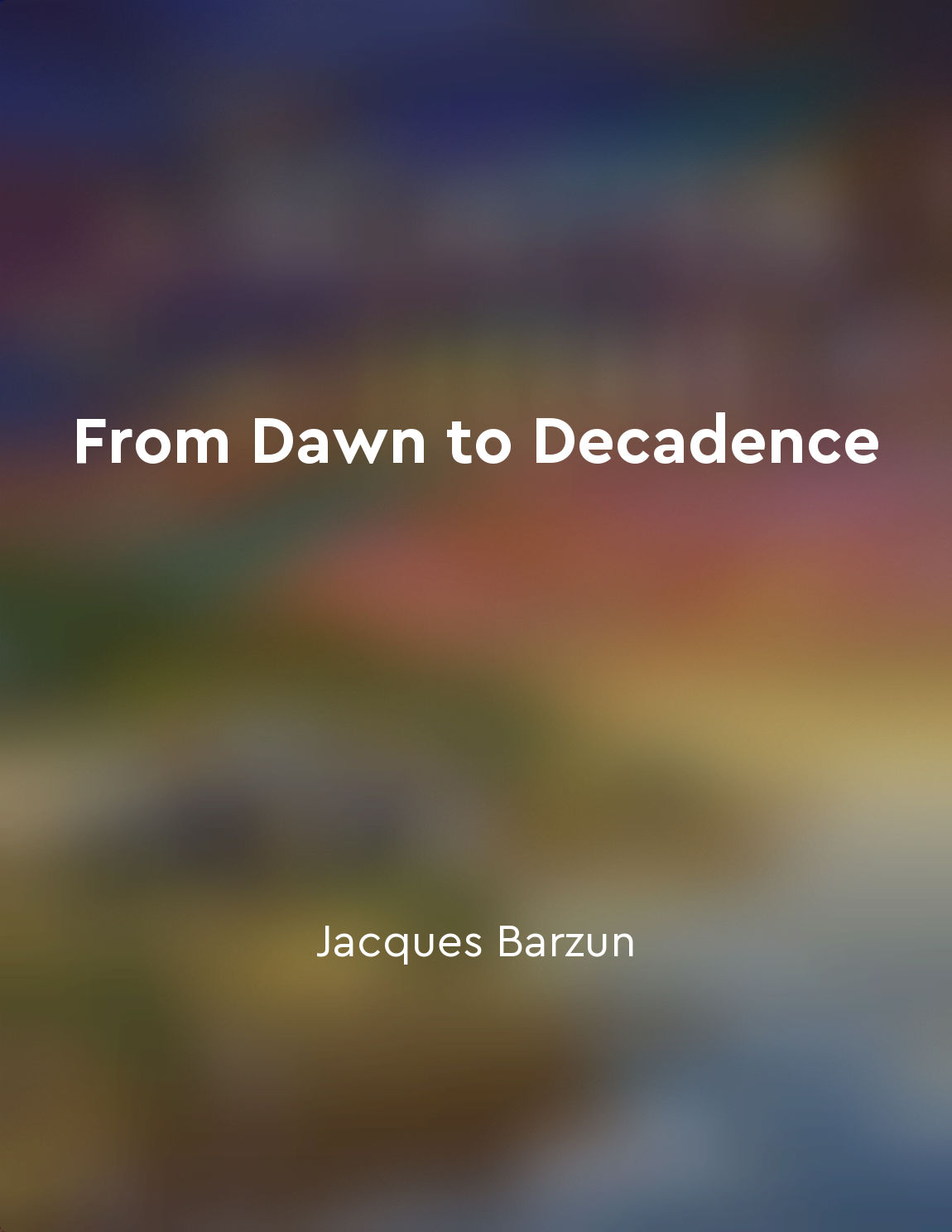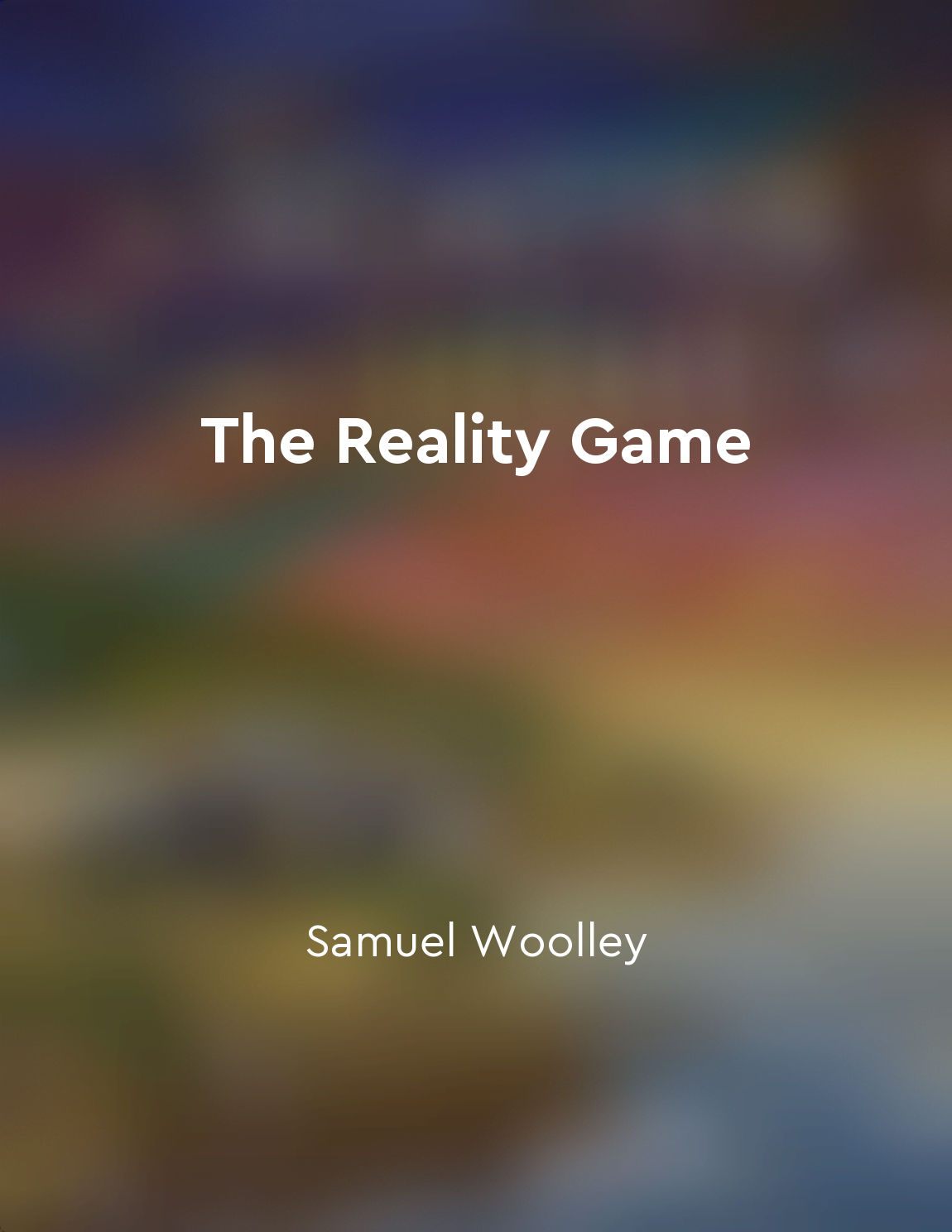Critical thinking skills are honed through media literacy from "summary" of Teaching Civic Participation with Digital Media in Art Education by Michelle Bae-Dimitriadis,Olga Ivashkevich
Developing critical thinking skills is a crucial aspect of education, especially in the digital age where information is constantly bombarding us from various sources. Media literacy plays a significant role in honing these skills, as it teaches individuals to analyze, evaluate, and interpret information in a critical manner. By engaging with different forms of media, such as images, videos, and texts, individuals learn to question the credibility and reliability of the content they are exposed to. Media literacy also helps individuals become more discerning consumers of information, enabling them to distinguish between fact and opinion, identify bias, and recognize misinformation. This ability to critically evaluate information is essential for active citizenship and democratic participation, as it empowers individuals to make informed decisions and engage thoughtfully with societal issues. By developing these skills through media literacy, individuals are better equipped to navigate the complexities of the modern world and contribute meaningfully to their communities. In the context of art education, incorporating digital media into the curriculum can provide opportunities for students to practice and refine their critical thinking skills. By creating and analyzing digital artworks, students are not only engaging with media but also developing their ability to think critically about the messages and meanings conveyed through visual culture. Through this process, students learn to deconstruct and challenge dominant narratives, question societal norms, and explore alternative perspectives. Furthermore, digital media offers a platform for students to express their own viewpoints and engage in dialogue with others, fostering a culture of collaboration and exchange. By sharing their digital creations with a wider audience, students are encouraged to consider different viewpoints and engage in constructive discussions, thereby deepening their understanding of complex issues. In this way, media literacy in art education not only enhances critical thinking skills but also promotes empathy, creativity, and civic engagement.Similar Posts
Evaluate information critically
To evaluate information critically means to carefully examine and analyze the information presented to you. It involves questio...

Balancing emotion and logic is crucial
When it comes to decision-making, our brains often rely on a delicate dance between emotions and logic. Emotions can be powerfu...

Challenges to traditional values
The erosion of traditional values has been a central feature of modernity. The Enlightenment of the 18th century challenged the...
The power of reason lies in its ability to transcend personal biases
Reason, at its core, is a powerful tool that humans possess to navigate the complexities of life and make informed decisions. I...

The fight against digital disinformation is a collective responsibility
In the ongoing battle against digital disinformation, it is crucial to recognize that no single entity can combat this issue al...

Cultivating a sense of responsibility towards the global community is crucial
Developing a keen understanding of our interconnected world is essential for individuals across the globe. This understanding g...
Diversity must be celebrated in the classroom
The classroom is a place where students from various backgrounds come together to learn. Each student brings with them their ow...
Art appreciation and audience engagement
Art appreciation is a crucial aspect of experiencing and understanding art forms. It involves developing a deeper understanding...
Reasoned arguments are essential for democracy to thrive
In a democracy, the power ultimately rests with the people. They must have the ability to make informed decisions about the dir...
